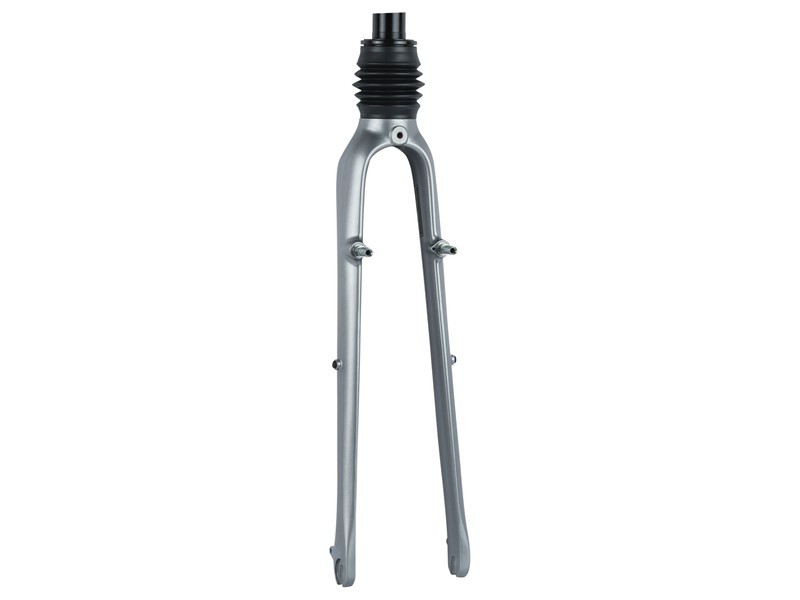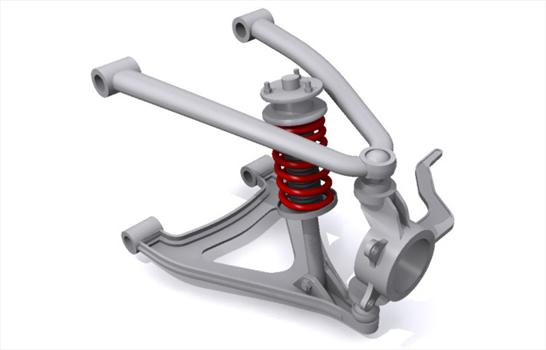
Bulk-buy Suzuki Grand Vitara Auto Spare Front Lower Suspension Arm Horquilla Control Arm price comparison

MZPWJD DH Horquilla Suspensión para Bicicleta 26/27.5/29" para Bicicleta Montaña Aire Hombro Doble Cuesta Abajo Rappel Amortiguador Recorrido 130mm Mojadura Freno Disco QR MTB/Am/FR : Amazon.com.mx: Deportes y Aire Libre

Suspensión horquilla rst ss-7 700c 280 mm tubo de dirección freno en v plata — ONVELO Cycling Culture

Amazon.com: 【Stock en Estados Unidos】 Horquilla de suspensión de aceite para bicicleta de montaña grasa de 26 pulgadas, tubo recto manual/bloqueo de corona de 3.937 in de recorrido de 0.354 in de

Amazon.com: BUCKLOS Horquillas de suspensión para bicicleta de montaña, 26/27.5/29 pulgadas, horquilla delantera para bicicleta MTB con ajuste de precarga, 3.937 in de recorrido 1.126 in de dirección sin rosca : Deportes

Amazon.com: QHY Horquilla de bicicleta MTB Suspensión de aire Horquilla de aleación de magnesio doble recorrido 5.118 in hombro aire aceite bloqueo recto hill tenedor disco freno de disco horquilla delantera bicicleta (















